(I can get better photos tomorrow)
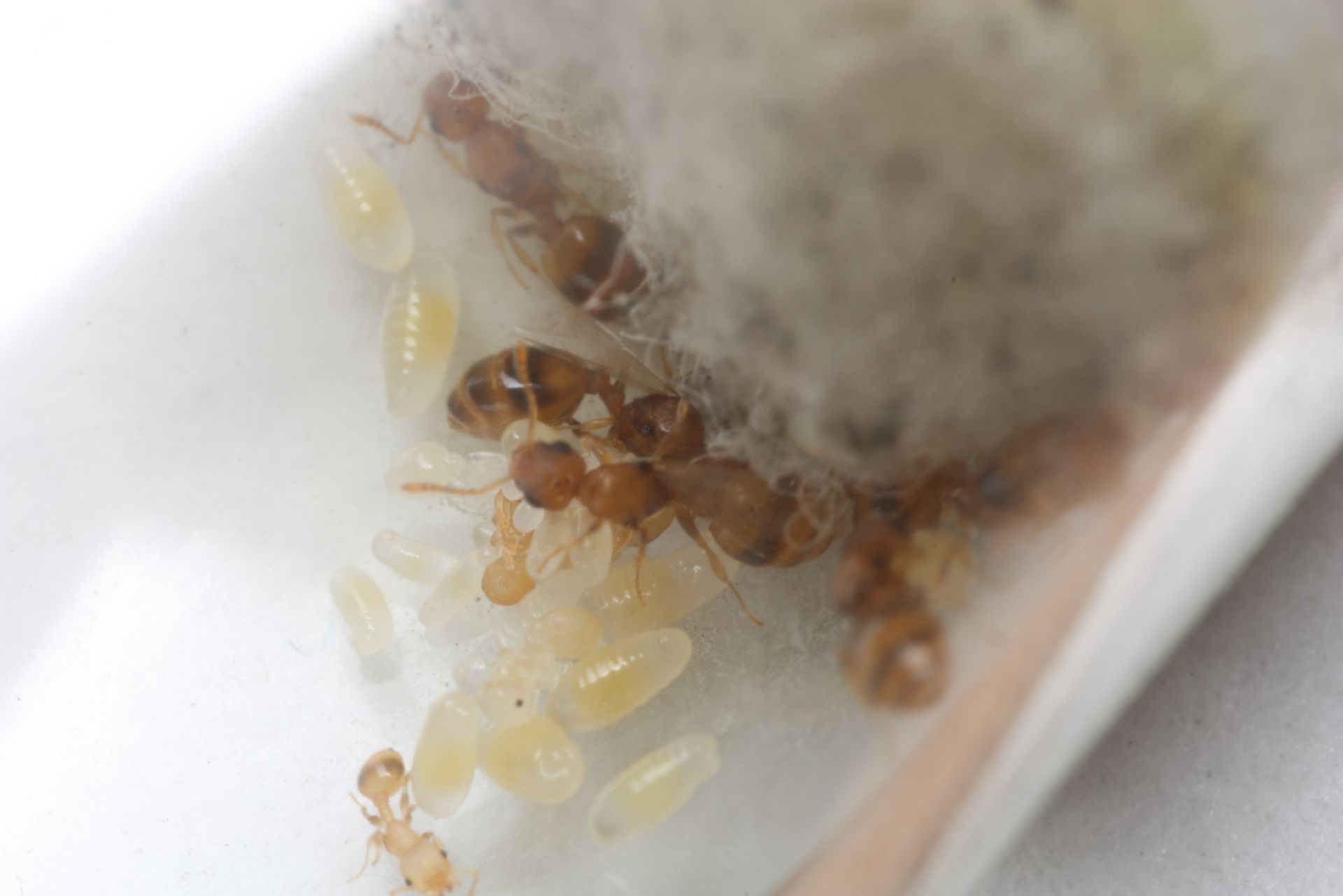
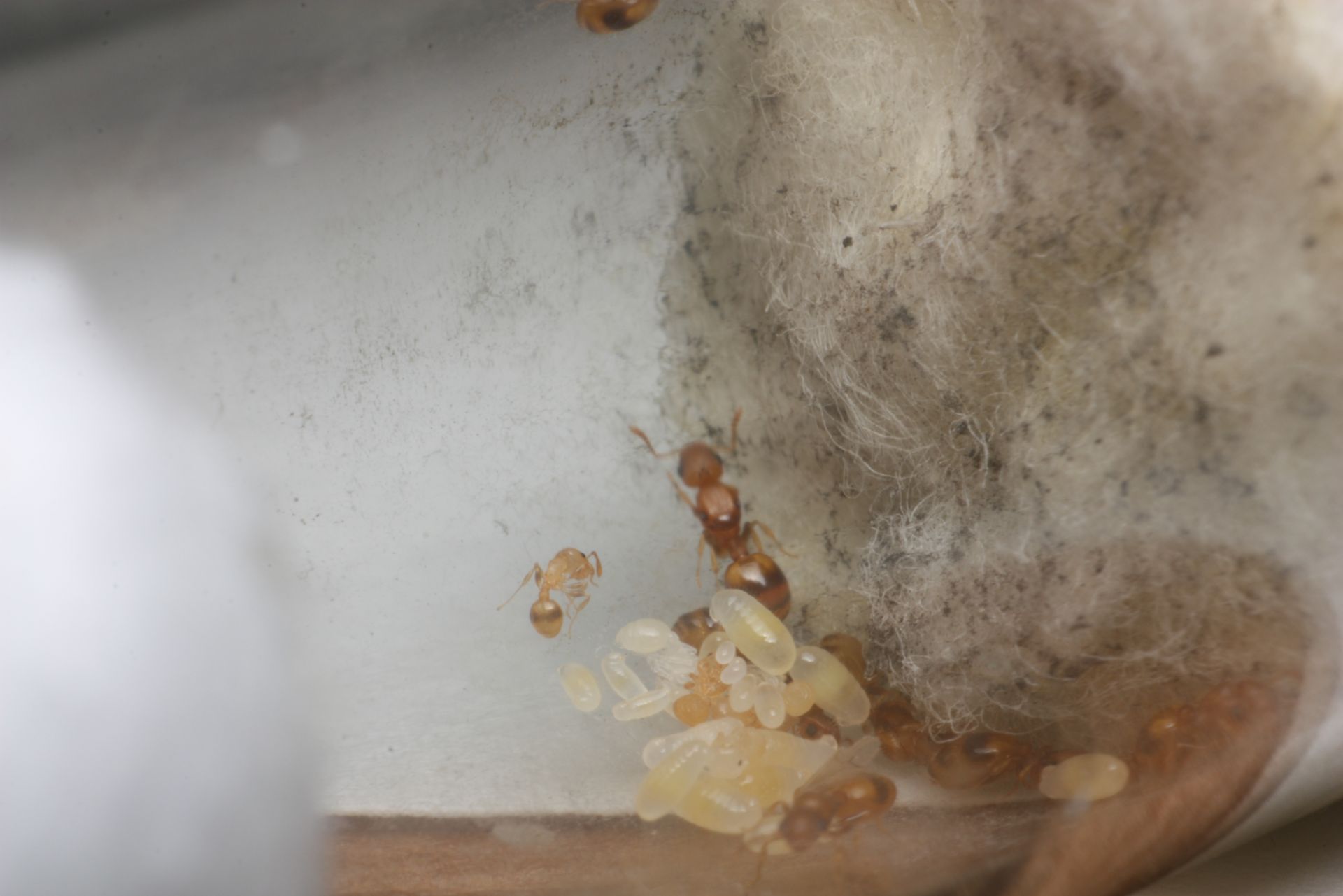
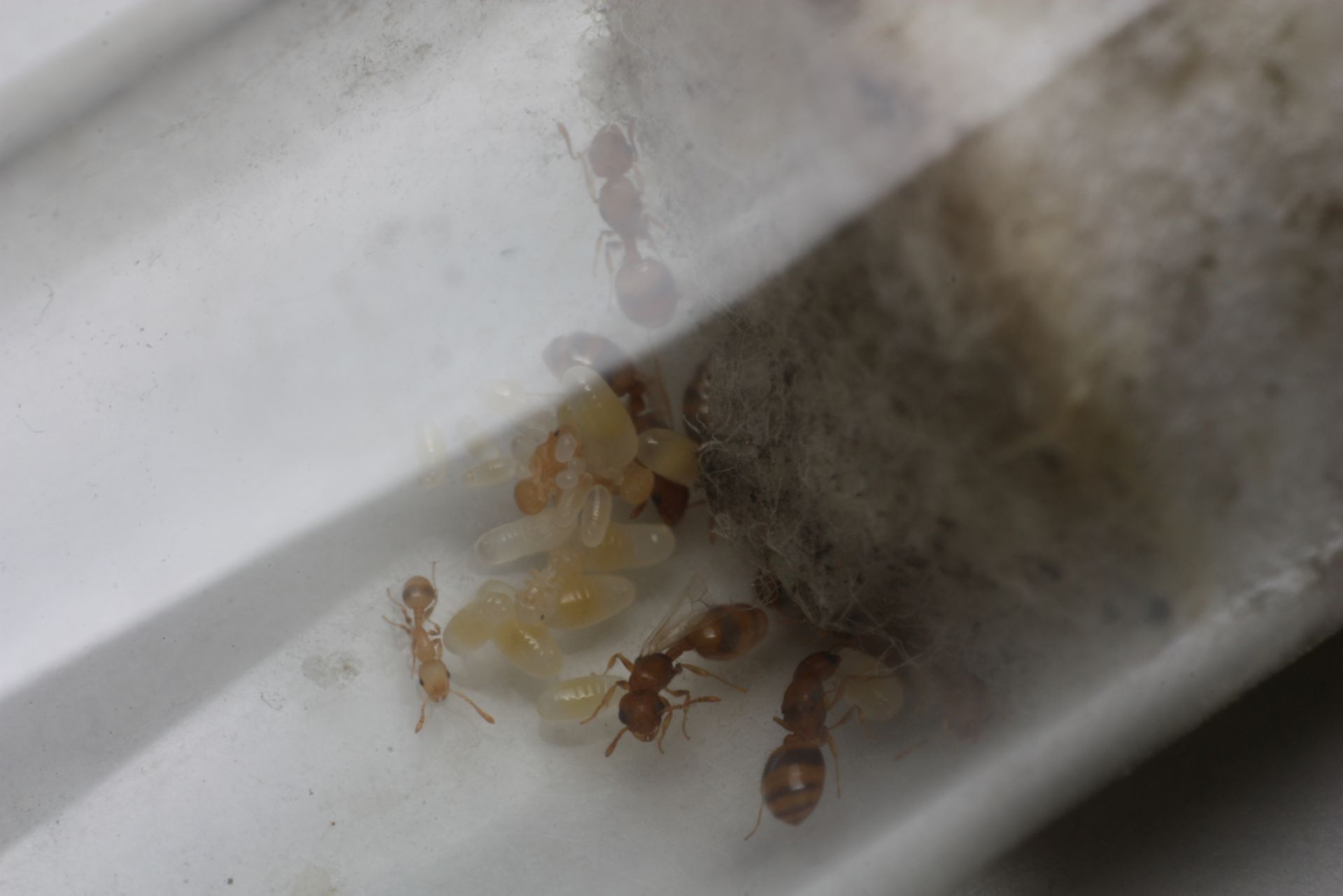
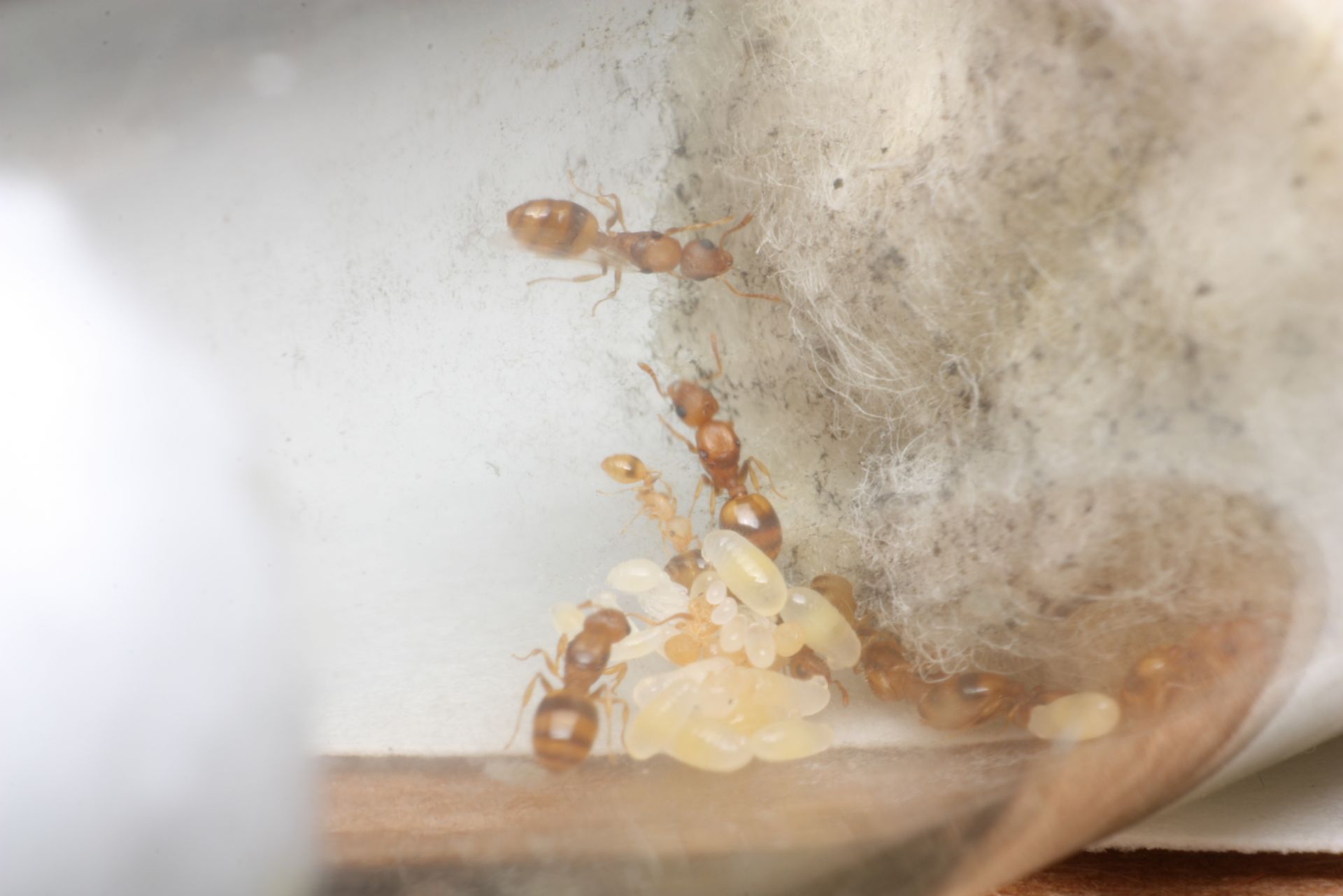
Edited by CatsnAnts, September 1 2020 - 8:40 AM.
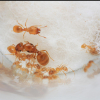

Best Answer CatsnAnts , February 8 2023 - 3:53 PM
Ya definitely not T. curvispinosus, I keep T. curvispinosus and they look completely different. Also what camera do you use? I have a camera that can get photos of that quality on Camponotus, but it can barely focus on Temnothorax.





Edited by CatsnAnts, September 1 2020 - 8:40 AM.
Temnothorax duloticus?
Ants I have: Tapinoma sessile(2 queen colony). RED MORPH Camponotus neacticus(now has pupae!), Tetramorium immigrans (x3), Aphaenogaster sp, Temnothorax sp, Brachymyrmex sp. possibly infertile ![]() , Ponera pennsylvanica, and Pheidole morrisi!
, Ponera pennsylvanica, and Pheidole morrisi! ![]()
Other insects: Polistes sp. Queen
Ants I need: Pheidole sp., Trachymyrmex sp., Crematogaster cerasi , Dorymyrmex sp. Most wanted: Pheidole morrisii
Temnothorax duloticus?
Can you try to get some photos of the workers' propodeal spines?
Can you try to get some photos of the workers' propodeal spines?
Of course! I’ll snap some when I get home tomorrow afternoon.
I finally got some pictures of the worker(s), but it was at the expense of one queen escaping, never to be seen again ![]() - However, I'm almost certain she was unmated, so not a big deal.
- However, I'm almost certain she was unmated, so not a big deal.
Anyways, after examining these photos, it's clear to say that this is not T. ambiguus nor T. curvispinosus because the propodeal spines are really stubby, unlike the long spines of the species just mentioned. I'm stumped on what they could be:
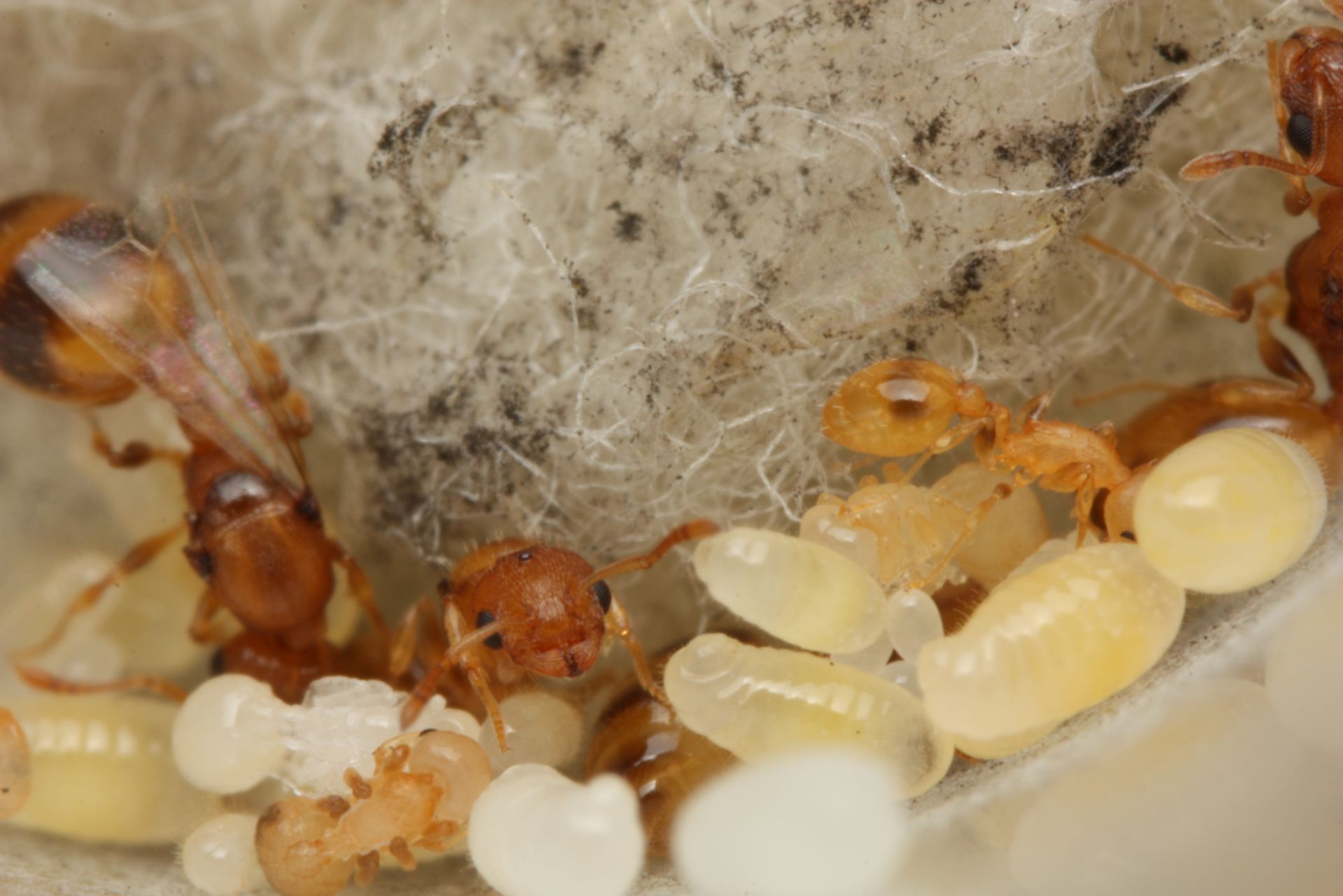
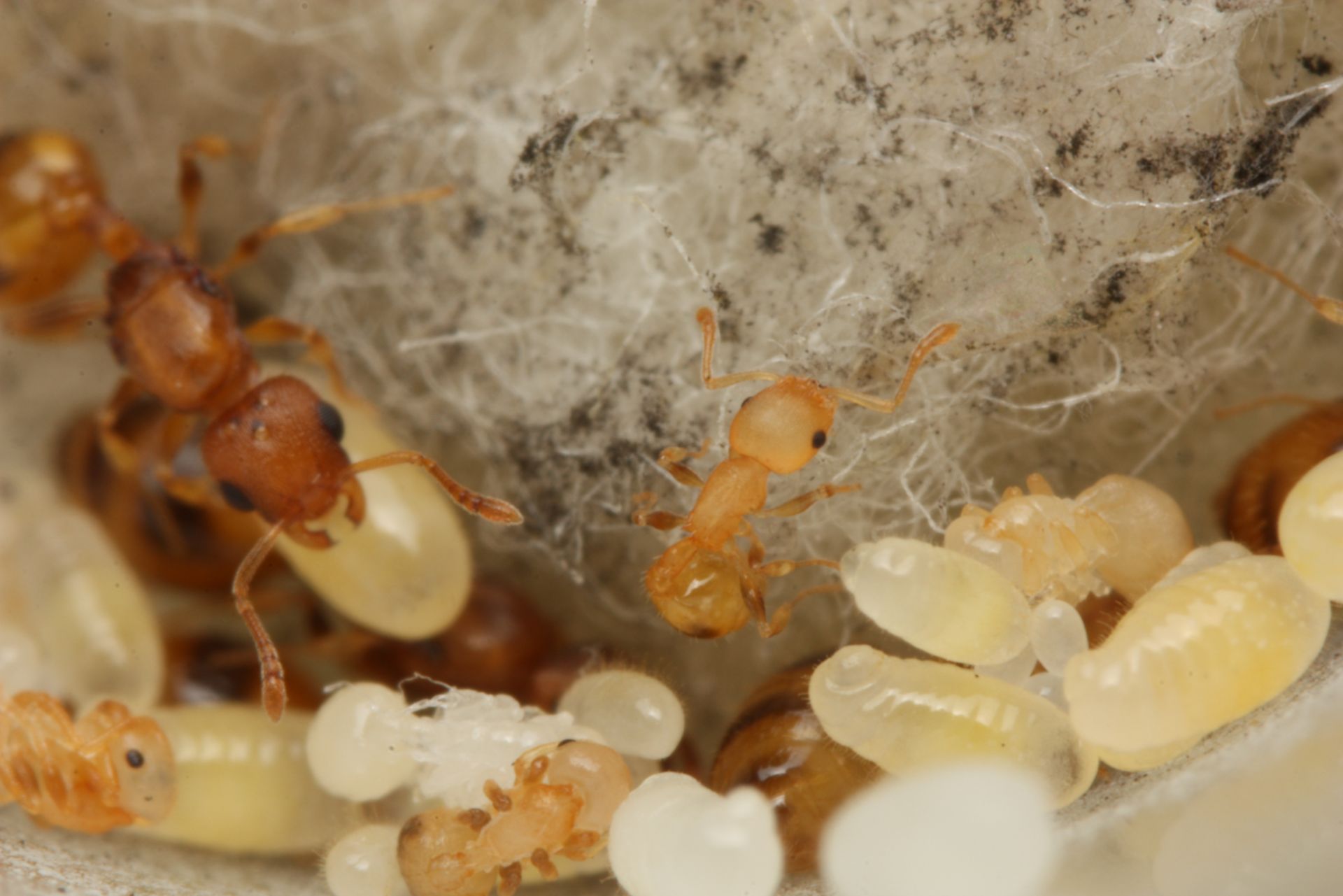
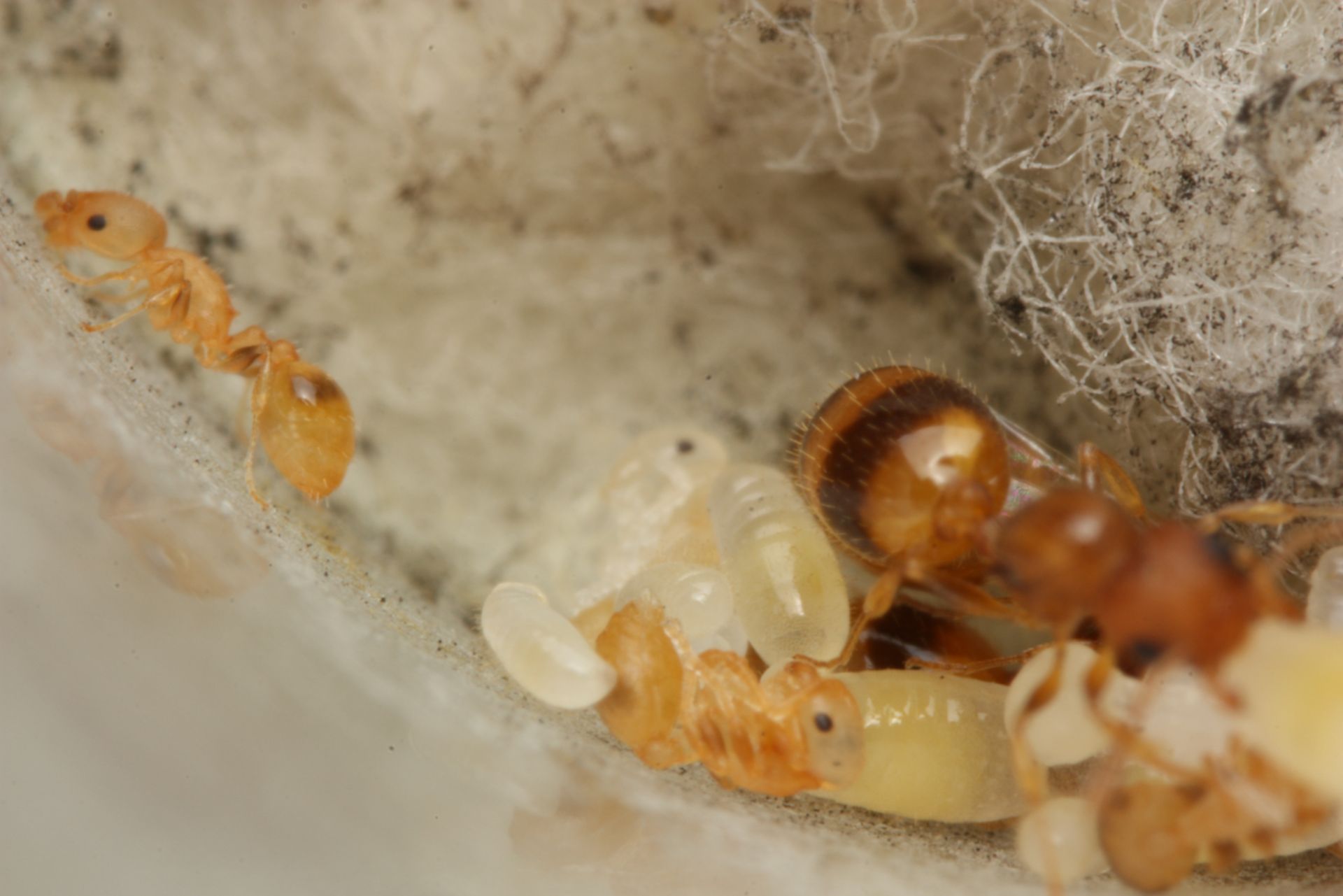
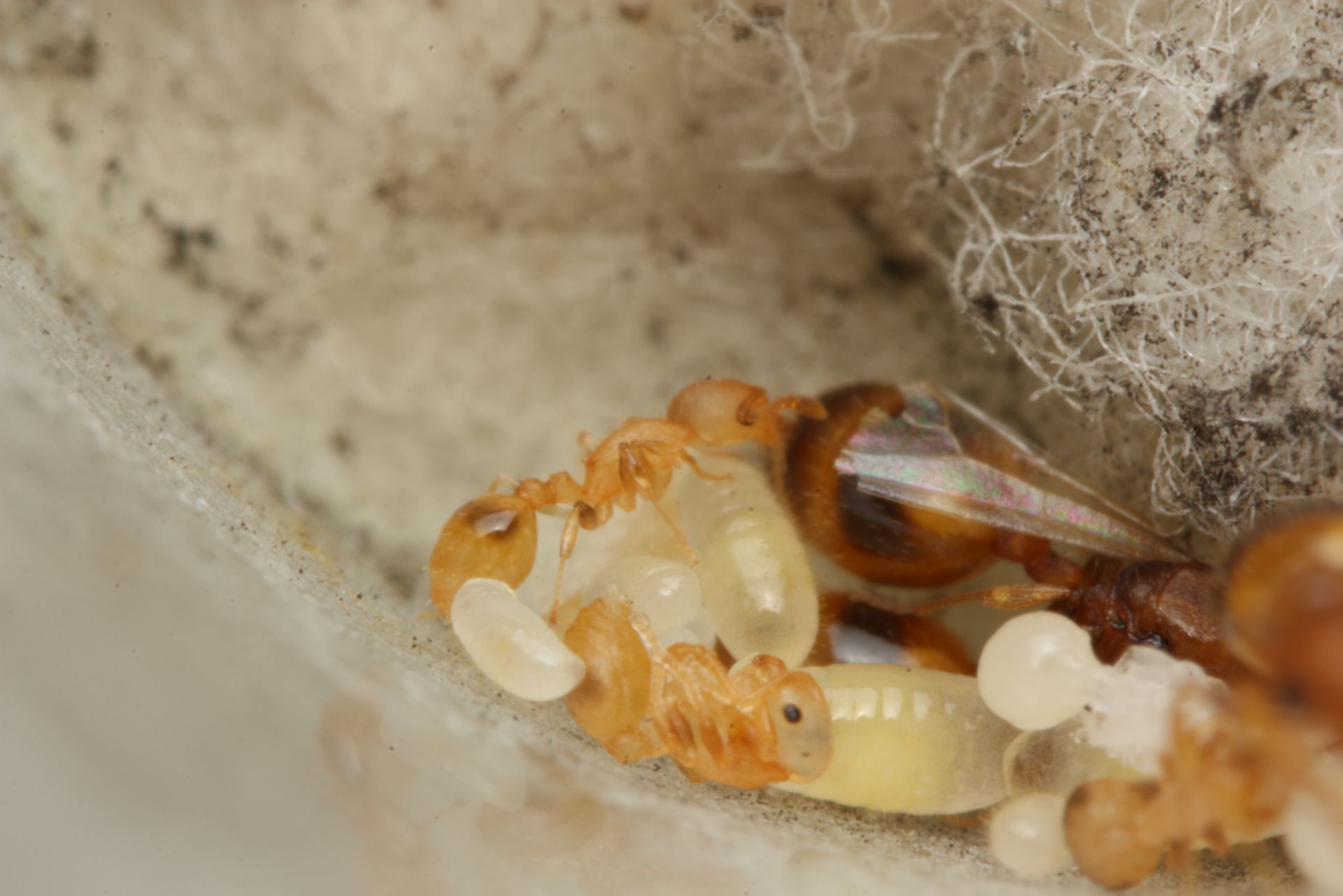
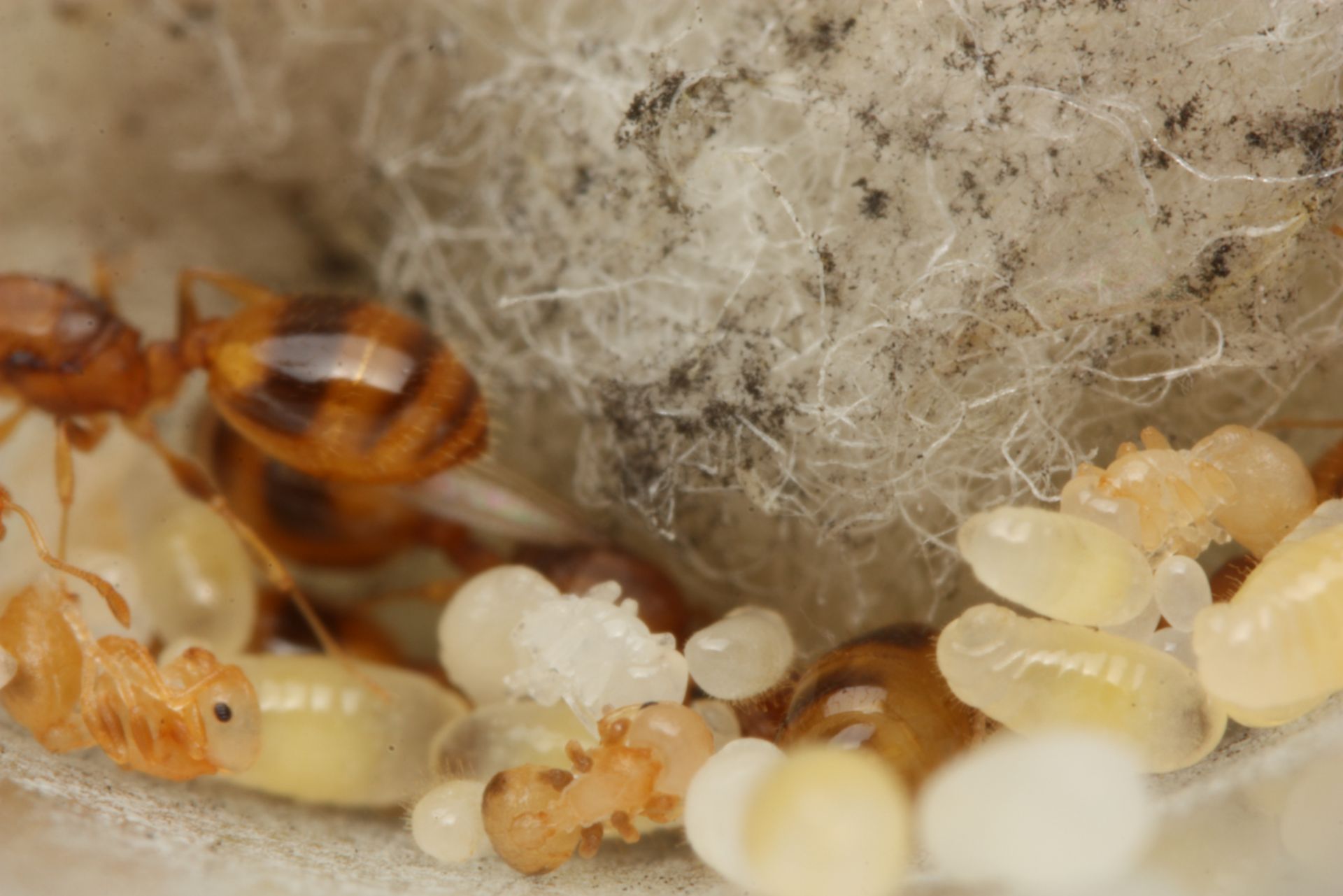
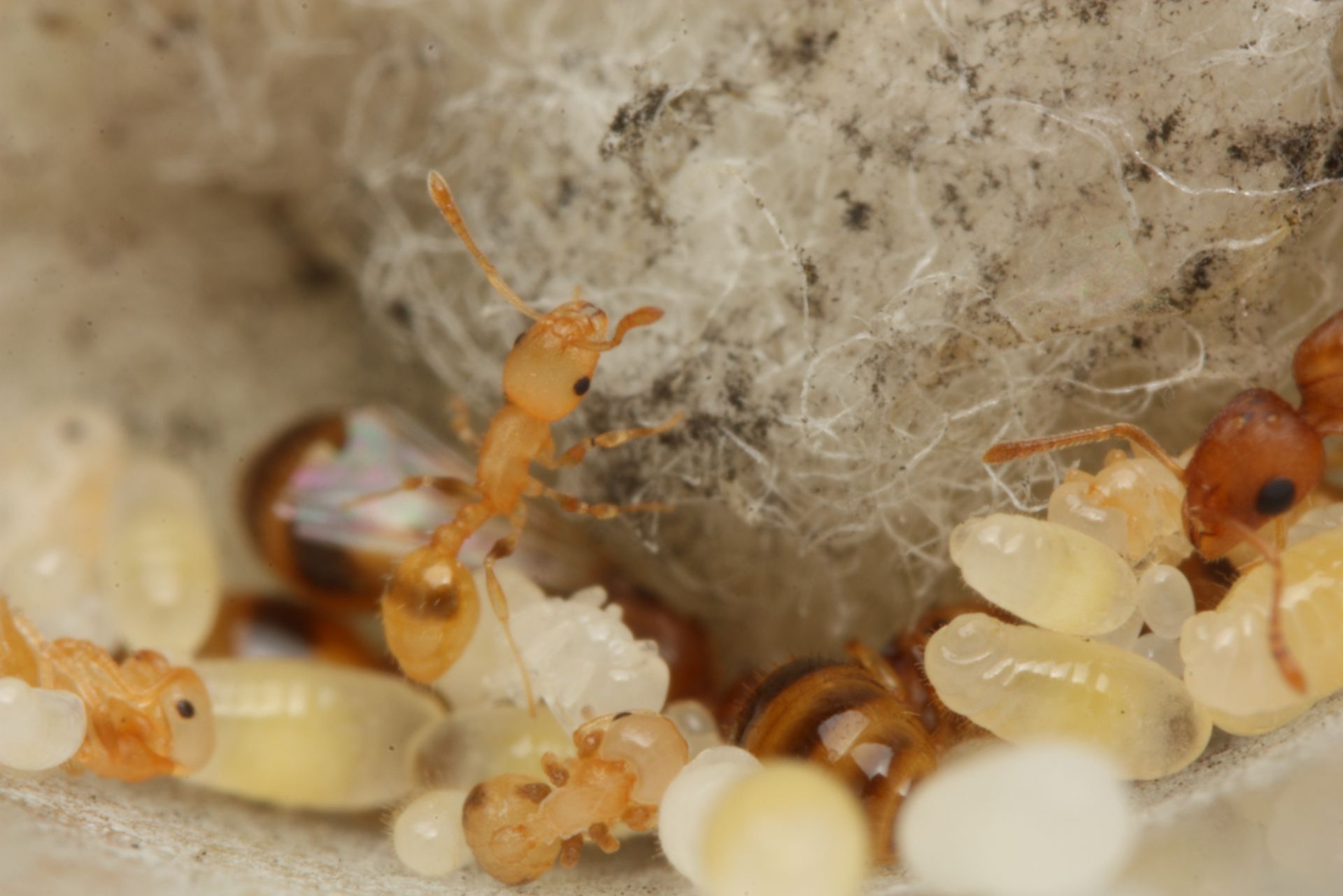
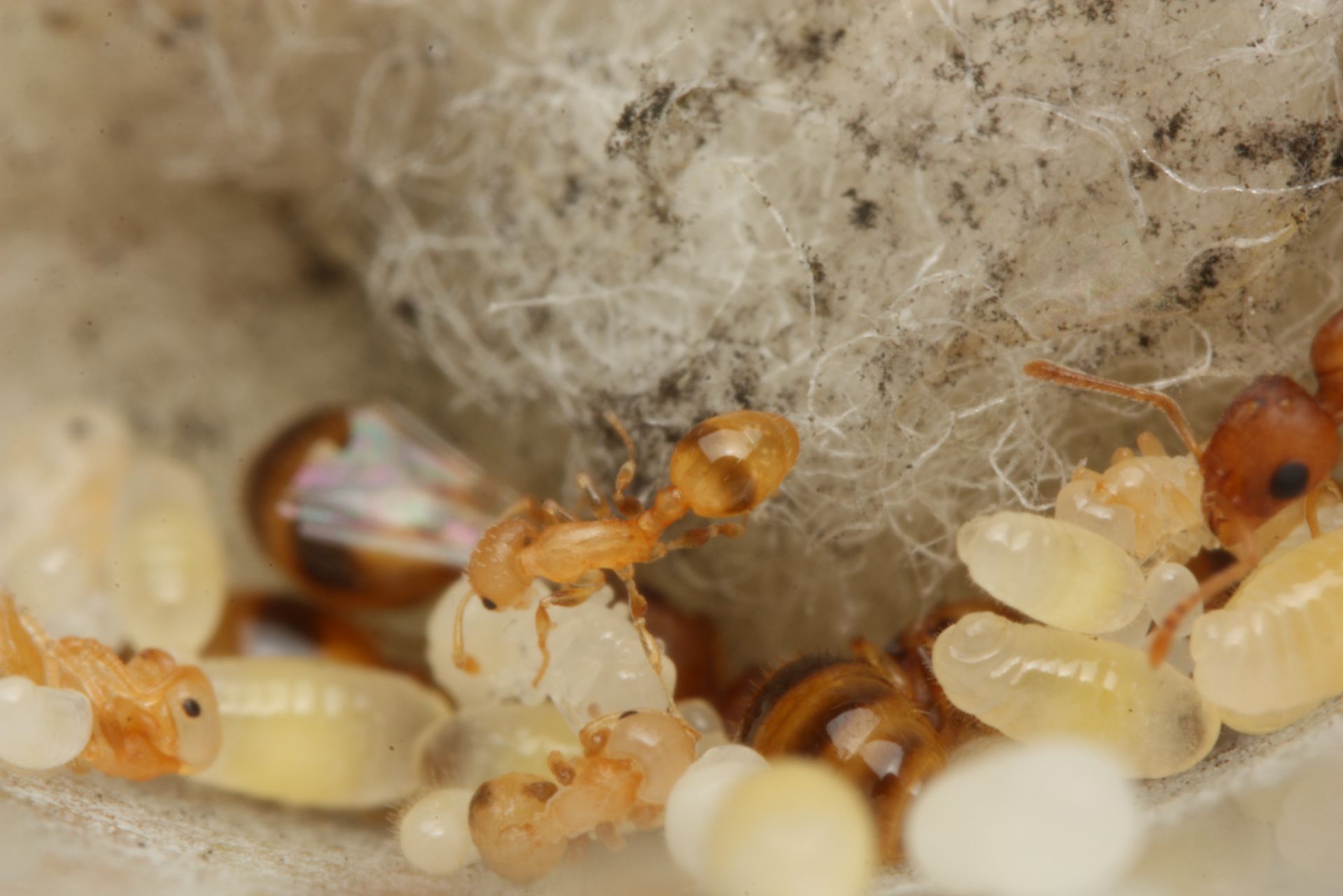
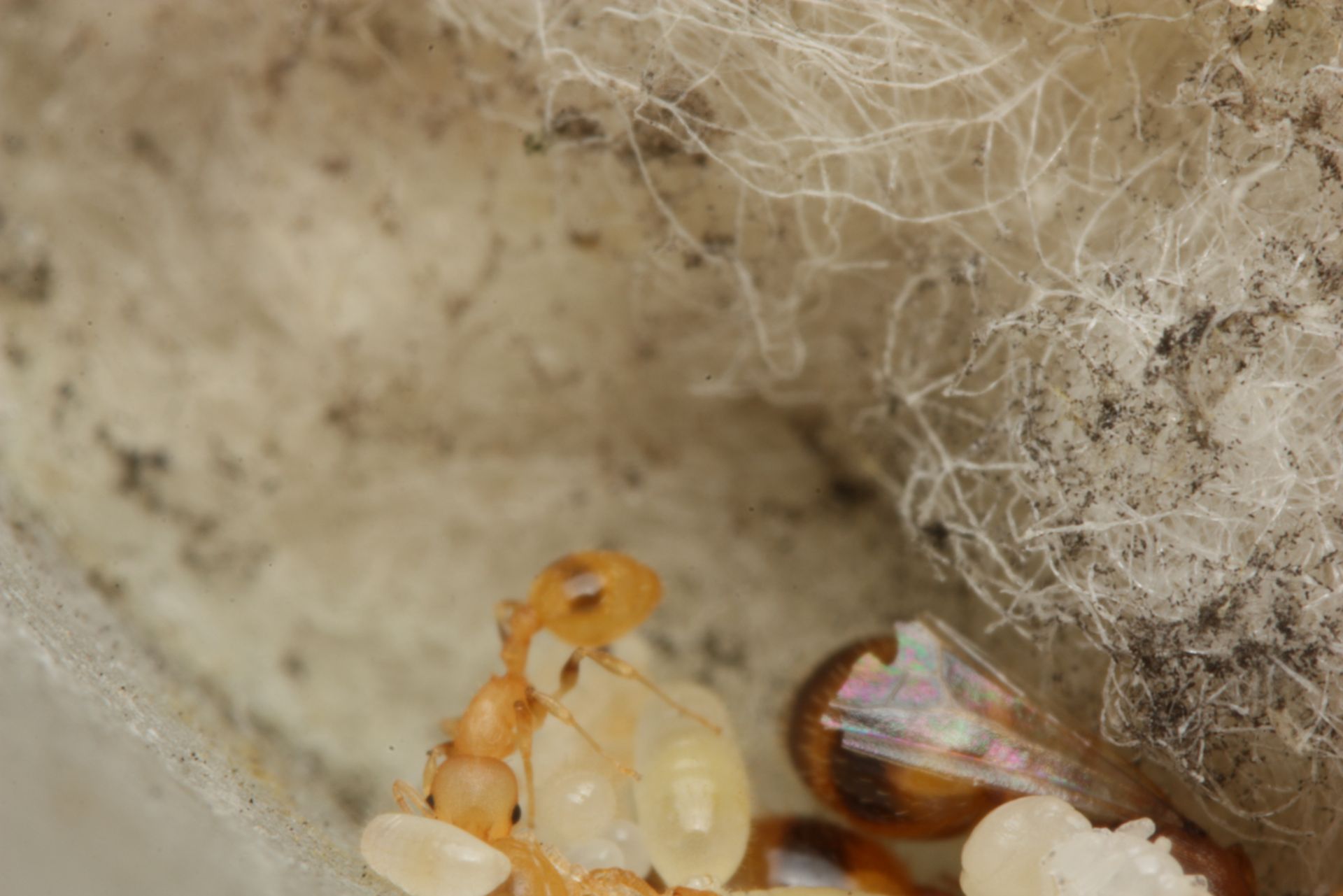
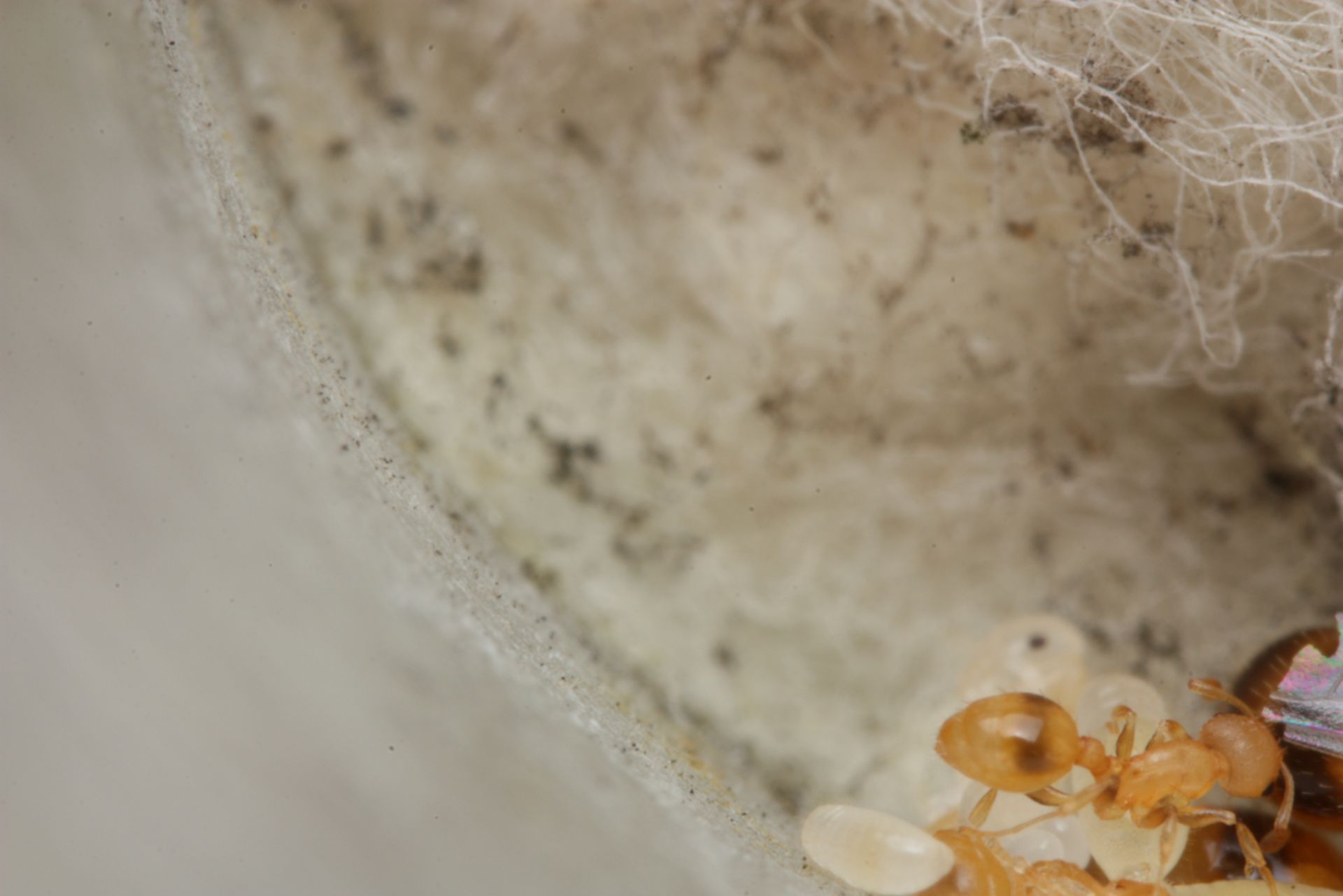
Is it out of the question that they are a new species? Have you looked at what species live in your area?
Is it out of the question that they are a new species? Have you looked at what species live in your area?
I was hoping somebody would mention that!
Here’s a list of every possible species in Indiana, and I didn’t find a single match:
https://www.formicul...indiana-antweb/
It could be a newly introduced or very rare species, and undiscovered species (highly unlikely) or a weird morph/coloration.
Co-owner and founder of Mountain Myrmeculture and The Menagerie Discord Server.
Ants I have:
1 Formica fusca group- 0 workers
1 Tetramorium immigrans colony-20 workers
1 Dorymyrmex insanus- 1 queen, used to have workers
1 large P. occidentalis colony- around 50 workers, plenty of brood
It could be a newly introduced or very rare species, and undiscovered species (highly unlikely) or a weird morph/coloration.Is it out of the question that they are a new species? Have you looked at what species live in your area?
I was hoping somebody would mention that!
Here’s a list of every possible species in Indiana, and I didn’t find a single match:https://www.formicul...indiana-antweb/
I too am stumped... This might be something to send to a myrmecologist.
Hi there! I went on a 6 month or so hiatus, in part due, and in part cause of the death of my colonies.
However, I went back to the Sierras, and restarted my collection, which is now as follows:
Aphaenogaster uinta, Camponotus vicinus, Camponotus modoc, Formica cf. aserva, Formica cf. micropthalma, Formica cf. manni, Formica subpolita, Formica cf. subaenescens, Lasius americanus, Manica invidia, Pogonomyrmex salinus, Pogonomyrmex sp. 1, Solenopsis validiuscula, & Solenopsis sp. 3 (new Sierra variant).
I too am stumped... This might be something to send to a myrmecologist.
Actually. This looks like Temnothorax bradleyi. New state record.
https://www.antwiki....thorax_bradleyi
Hi there! I went on a 6 month or so hiatus, in part due, and in part cause of the death of my colonies.
However, I went back to the Sierras, and restarted my collection, which is now as follows:
Aphaenogaster uinta, Camponotus vicinus, Camponotus modoc, Formica cf. aserva, Formica cf. micropthalma, Formica cf. manni, Formica subpolita, Formica cf. subaenescens, Lasius americanus, Manica invidia, Pogonomyrmex salinus, Pogonomyrmex sp. 1, Solenopsis validiuscula, & Solenopsis sp. 3 (new Sierra variant).
Are you sure, the gaster shape and the color of the gaster don’t seem right. But maybe it’s just a regional difference and environmental factors too.Actually. This looks like Temnothorax bradleyi. New state record.
https://www.antwiki....thorax_bradleyi
Edited by TechAnt, August 31 2020 - 4:34 PM.
Actually. This looks like Temnothorax bradleyi. New state record.
https://www.antwiki....thorax_bradleyi
Upon closer inspection, you are correct. They were the closest match I found.
Hi there! I went on a 6 month or so hiatus, in part due, and in part cause of the death of my colonies.
However, I went back to the Sierras, and restarted my collection, which is now as follows:
Aphaenogaster uinta, Camponotus vicinus, Camponotus modoc, Formica cf. aserva, Formica cf. micropthalma, Formica cf. manni, Formica subpolita, Formica cf. subaenescens, Lasius americanus, Manica invidia, Pogonomyrmex salinus, Pogonomyrmex sp. 1, Solenopsis validiuscula, & Solenopsis sp. 3 (new Sierra variant).
To me this looks like T. ambiguus with a weird curvispinosus coloration. T. curvispinosus' typical dark gaster markings were used as one of the key features in separating them from ambiguus by Wesson & Wesson (1940). Your ants definitely appear to have the shorter spines of ambiguus but I wonder if ambiguus is able to have that coloration. I haven't looked into it much but there might be some more literature on ambiguus out there.
To me this looks like T. ambiguus with a weird curvispinosus coloration. T. curvispinosus' typical dark gaster markings were used as one of the key features in separating them from ambiguus by Wesson & Wesson (1940). Your ants definitely appear to have the shorter spines of ambiguus but I wonder if ambiguus is able to have that coloration. I haven't looked into it much but there might be some more literature on ambiguus out there.
0 members, 0 guests, 0 anonymous users